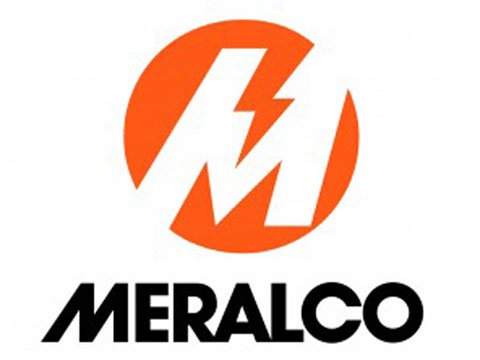Meralco aiming to shift its network to a smart grid
- March 17, 2017
- 1

The power distributor filed an application with the Energy Regulatory Commission (ERC) to approve AMI services by June 1, 2017.
In its application, Meralco said it wants to expand its AMI coverage through the installation of smart meters and communications infrastructure to cover Metro Manila by 2019, and the whole franchise by 2024.
AMI
will allow Meralco to monitor what is happening in its electric grid and enable them to respond to events, restore power swiftly, and improve overall operational efficiency.
It is an integrated system of smart meters, communications networks and data management system that serves as a two-way communication avenue between utilities and customers.
AMI will allow customers to manage their “energy usage and budget through consumption information, alerts and notifications.”
Prepaid AMI areas are currently only in Manila, Mandaluyong, Makati, Pasig and parts of Rizal.
“From the identified coverage areas per [regulatory year], and proposed meter installations and replacement, Meralco will be activating an estimated total of 3.3 million customers and targeted points within the distribution network by 2024,” Meralco said.
However, ERC still has to approve Meralco’s petition to roll out 235,000 smart meters both prepaid and postpaid.
The power distributor is also seeking clearance to implement the prepaid retail electricity services (PRES), advanced outage management
, distribution automation, net metering program, smart streetlights, and other supplemental services.
Meralco will also offer supplemental services like demand response programs, management of distributed energy resources, electric vehicle supply equipment (EVSE) management, home area network, and smart streetlights.
They will also launch an online web portal where customers can monitor their consumption in order to determine their monthly electricity usage.